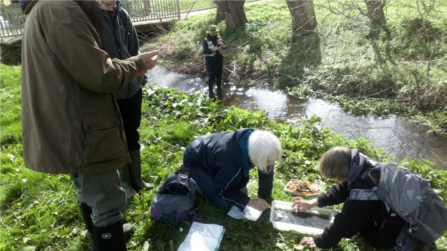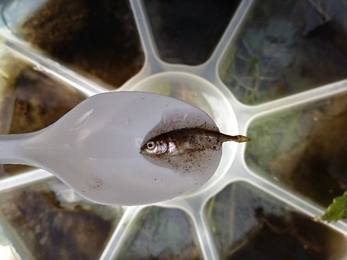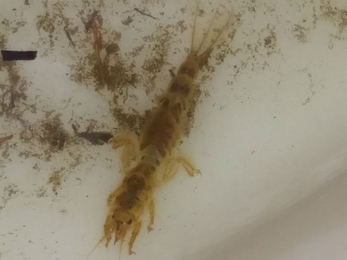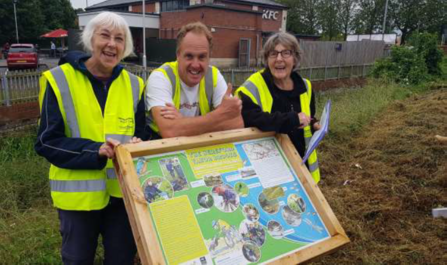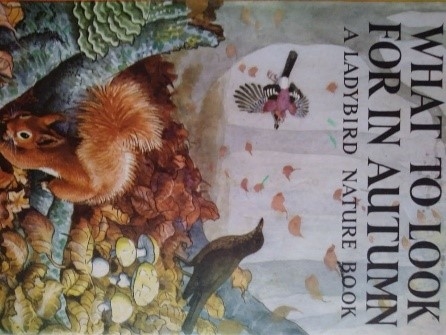
Were you, like me, inspired to look more closely at wildlife as a child by Ladybird “What to look for…” books, and the little pocket I-Spy series? At first, it’s all about identifying the most obvious, but gradually the observation skills develop, noting the subtle differences between species. Then you begin to notice which species tend to be found together, and how the seasons change, and it’s like a story that gradually unfolds. Now I’m retired, what an expert I should be, but unfortunately my memory for names lets me down a bit these days!

